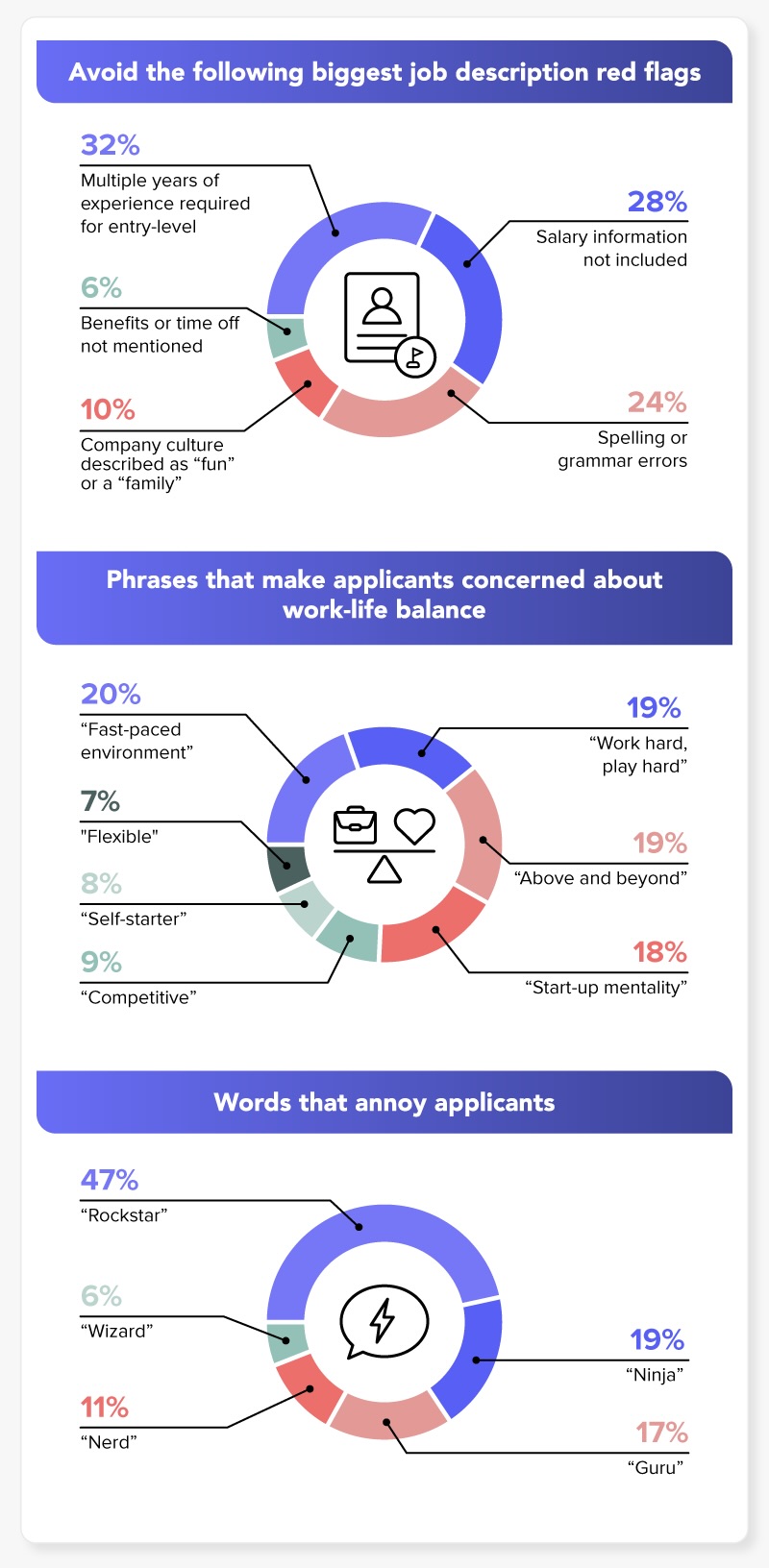Picture this: A candidate walks into your interview room, their heart racing with excitement and a touch of apprehension. They’re not just looking for a job; they’re seeking a place where their skills will flourish, where their aspirations will be nurtured, and where their potential will find wings.
You’re not just an interviewer or recruiter; you’re the orchestrator of an experience that has the power to change lives.
The world of candidate experience is your canvas, and every interaction is a brushstroke that shapes the way candidates perceive your company. From the very first interaction to the final decision, you hold the reins to a journey that can leave candidates feeling inspired, valued, and respected— regardless of the outcome.
What is candidate experience?
Candidate experience refers to the overall perception and feelings that job applicants have about the hiring process and interactions they have with a potential employer. It encompasses all the touchpoints that candidates have with the company during the recruitment process, from the initial application to the final decision.
For companies, candidate experience is a key component of employer branding. The goal is to create a positive and engaging process that reflects well on the company, regardless of whether the candidate is ultimately hired.
Why does candidate experience matter?
Because your reputation is a driving force behind talent acquisition, a positive experience can attract a larger and more qualified pool of candidates as word-of-mouth and positive reviews spread within professional networks.
In addition to this, a positive candidate experience can have several other notable benefits for your organization.
- Better employee engagement: Engaging and transparent communication during the recruitment process can create a sense of excitement and anticipation for the candidate, leading to higher levels of engagement and commitment.
- Reduced costs: A streamlined and well-organized process can save time and resources for both candidates and the hiring team.
- Loyalty and advocacy: Even if candidates aren’t hired, a positive experience can lead them to become brand advocates. They might refer other candidates, or even become customers or clients of the company, leading to business growth in unexpected ways.
The goal of recruiting and hiring isn’t simply to fill positions. Instead, it’s an opportunity to build relationships and the reputation of your company.
Candidate experience best practices
Whether you’re new to the world of candidate experience or are looking for new ways to improve the system you already have in place, here are seven best practices to implement throughout your hiring and interviewing process.
1. Write a clear job description.
Your job description will be the very first touchpoint a candidate has with your company. Paint a vivid picture of the role you’re offering by highlighting responsibilities, qualifications, and what sets your company apart. Be honest about what’s expected and what’s exciting about the position.
An unclear job description was among the top job search pet peeves for applicants. Job description red flags include:
- Multiple years of experience required for entry-level positions
- Benefits or time off not mentioned
- Company culture being described as “fun” or a “family”
- Salary information not included
- Spelling or grammatical errors
Similarly, phrases such as “fast-paced environment”, “work hard, play hard”, and “start-up mentality” raise concern about a company’s work-life balance among applicants.

To create a clear description, start with a concise title that accurately reflects the role. Describe the responsibilities and expectations in detail, focusing on key tasks and outcomes. Highlight the qualifications and skills needed but be realistic about what’s required and what’s a plus. Paint a picture of your company culture and values to help candidates assess their fit. Lastly, keep the language simple and jargon-free, making it accessible to a broader audience.
A well-crafted job description will set the stage for a successful recruitment journey.
2. Make it easy for a candidate to research your company.
75% of candidates will research a company’s reputation before applying for a job opening.
Make it easy for candidates to research your company by providing them with easily accessible information on what it’s like to work there. A few ways to do this include:
- Keeping your “About Us” and “Careers” page up-to-date
- Using an employer transparency platform to share your authentic employee experience
- Using social media to showcase your workplace culture
A good employer brand should help a candidate understand whether they fit in with the workplace culture and get them excited about applying.
Is your online reputation accurate?
Leverage verified employee feedback with JobSage to boost your employer brand, recruit the best candidates, and retain your employees.
3. Adopt an efficient application process.
If a candidate reads your job description, researches your company, and decides the role is a good fit, the next step they’ll take is applying for the job!
Make it smooth sailing for them. Trim down the application form to just the essentials to combat one of the top online application frustrations among jobseekers: manually typing in what is already on the resume.
Additionally, three in five job candidates say that they’ve had technical difficulties using an online job portal, and over half feel that the online application process takes too long. Test out the application process to make sure there are no bugs or obstacles for candidates.

4. Communicate clearly and transparently.
Explain the hiring process upfront. Share what happens next, step by step. Don’t make your interview process a guessing game.
“We include a video with every interview confirmation to give candidates an understanding of their fit in the company culture,” says Steven Amrhein, Employment Brand & Recruitment Marketing Specialist at PatientPoint. “Our recruiters share the types of questions they can expect during the interview process. This transparency helps candidates to align their responses with the organization’s values and fosters a stronger connection with our mission.”
5. Personalize your interactions.
You know that warm, fuzzy feeling you get when someone remembers your name? Candidates feel the same way!
Show them you’re genuinely interested. Address them by their name in emails. Reference their résumé or cover letter in your messages. It’s the little things that make them feel seen.
6. Keep candidates in the loop and respond in a timely manner.
Imagine waiting for a bus without knowing if it’s coming or not. Candidates feel the same way when they’re waiting on updates from you. Keep them in the loop.
“We also utilize technology to send text reminders and check-ins, allowing candidates to stay organized and engaged throughout the entire hiring journey,” Amrhein explains.
Automated emails and texts are your friends here! Send updates when their application is received, when they move forward, and even if there are delays. And—speaking of delays— if they happen, apologize and explain. It shows respect for their time.
7. Ensure a positive interview experience.
Interviews can be nerve-wracking, like walking onto a stage in front of a packed house. Make sure your candidates don’t feel like deer in headlights. Provide clear details about where, when, and who they’re meeting.
And don’t forget to prep your interviewers too. They’re the hosts of this show! Make sure they’re welcoming, prepared, and ready to share insights into your company culture.

8. Offer feedback and closure.
Ever finished a book without knowing how it ends? Don’t let candidates feel that way. After interviews, give them feedback, no matter the outcome. It’s a golden opportunity for growth.
“To ensure a positive experience, I prioritize clear and timely communication, treating every candidate with respect and transparency from the initial touchpoint through the final decision,” Shonda says. “Personalized feedback post-interview also forms a crucial part of this process.”
And when the final decision is made, deliver it promptly. Be appreciative of their effort, and leave the door open for future possibilities.
9. Carry on the momentum into the post-hire and onboarding phase.
You’ve found your star – now let’s make them shine. Extend the warmth of the candidate experience into onboarding. A simple welcome message goes a long way. Tell them what to expect on their first day and keep in touch during those crucial first weeks.
10. Iterate and improve on the experience.
Remember, the journey doesn’t end. It’s a cycle of continuous improvement. Collect feedback from candidates who’ve gone through your process. Ask them what worked, what could’ve been better. Listen and tweak. Use that feedback to make each candidate’s journey smoother and even more memorable.
Ready for actionable insights from your new hires?
Get data that makes a difference with JobSage Retain. With our expert-built New Hire Survey template, it’s never been easier!
Start the journey right
In the ever-evolving world of talent acquisition, the significance of candidate experience cannot be overstated. It’s not just a process; it’s an art of fostering connections and leaving lasting impressions. By adopting these best practices, HR professionals and organizations can transform recruitment into a positive, engaging journey for everyone involved.
